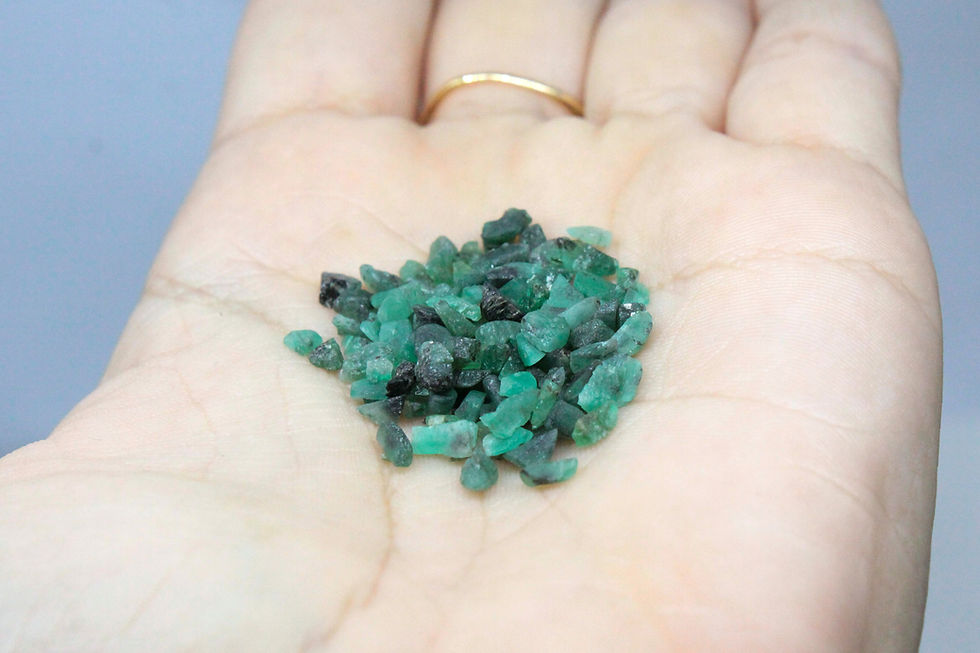Agate is identical to chalcedony in terms of composition and physical properties. They are both Silicon Dioxide crystals with the mineral composition SiO2.
Agate can be characterised as a Silicon Dioxide formation that displays patterned concentric banding and wild varieties of colour. When the patterns inside an agate are all straight lines, the stone is called “Onyx”, or when no patterning is visible it is called “Chalcedony” but both contain the same identical mineral composition as Agate.
Agate occurs naturally as amygdales (gas bubbles that are filled) rising to the top of basaltic andesite lava flows. Amounts of silica with accompanying minerals (causing variations in colour and transparency) are despoited into the "Bubble" over time, causing layers of alternating colour. "Thunder Eggs" occur as spherulites (crystals grouping around a point) in rhyolitic lava.
Grade is dependant on the banding, colour, transparency & shape. Agate is often dyed to enhance its colour, however this agates colour is 100% Natural and Untreated.





















